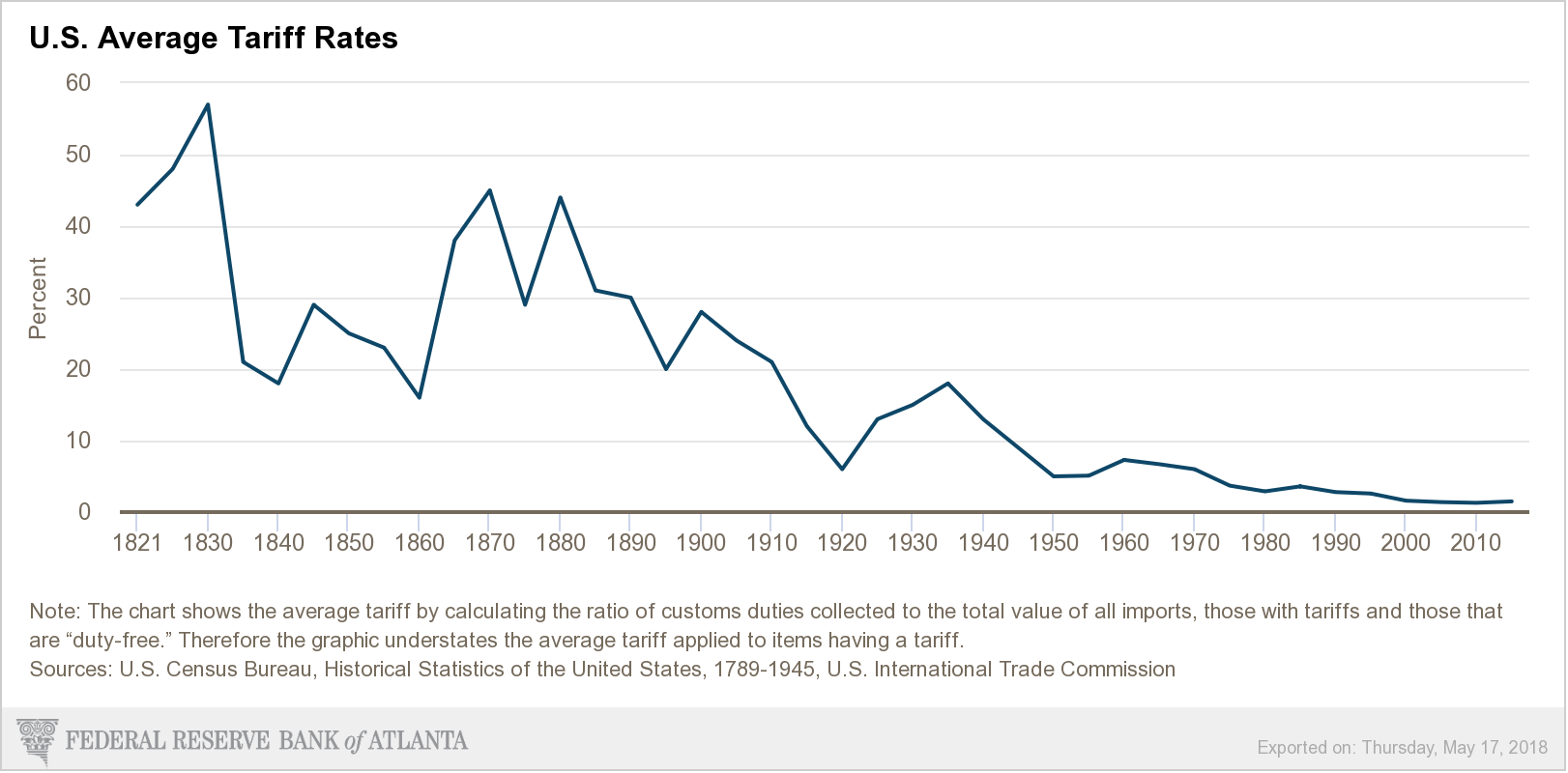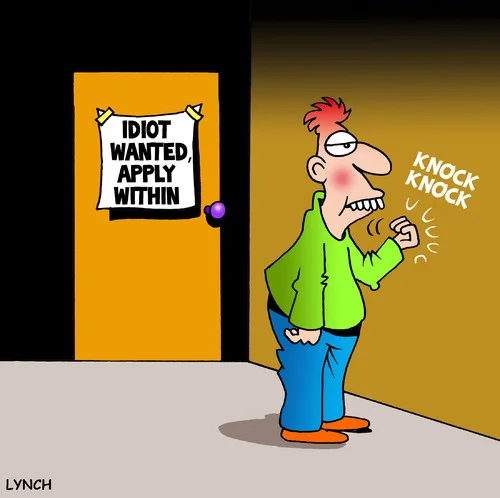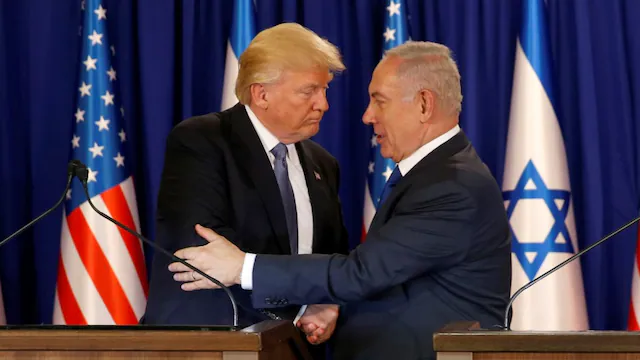“December 11, 2001, a date that will live in infamy”! The author of this quotation is unknown because it was never uttered. This date culminated fifteen years of negotiations by U.S. trade negotiators and their allies to admit the Communist Party of China into the World Trade Organization (WTO). In this action, Western politicians abdicated all objective and moral criteria in welcoming into its ranks a brutal, authoritarian regime that, twelve years earlier in 1989, massacred thousands of its young citizens who only wanted to live in freedom.
Those parties pushing for Chinese membership did not declare victory; they just bought more stock in the companies that would benefit from it. The politicians supporting the Chinese pocketed donations from the winners, securing their next election. Those who were to become major losers in the agreement were oblivious to the rainy days ahead.
World War II is Over – World War II ended 80 years ago, and the Cold War, which evolved from it, ended 35 years ago. The American foreign trade policy designed for the post-war period at the 1944 Bretton Woods Conference survived for eighty years, largely unquestioned, until this year. Its overall goal was “to create a stable global economy that would facilitate trade and investment, prevent competitive devaluations, and promote economic growth”.
The U.S. military enforced and provided free ocean trading access around the globe and worldwide peaceful relations, fighting Cold War engagements in Korea, Vietnam, the Balkans, and the Middle East. One analyst estimated the military cost to the U.S. of the Cold War was $10 trillion. The total cost of continuing the WWII policies beyond their expiration date is $36 trillion, serviced by $1.2 trillion of interest on its debt in fiscal year 2025.
When the war ended, the United States was the only nation with the economic strength to rebuild war-torn nations with the Marshall Plan, fund international banks for reconstruction and development, and provide security. The U.S. lowered its tariffs to provide rebuilding economies with ready markets for their developing industries. See the chart below showing U.S. Average Tariff Rates for the past 200 years.

Unfortunately, the policies needed to meet that goal among nations devastated by WWII had changed dramatically eighty years later. Low U.S. tariffs and rebuilt economies created worldwide prosperity. While America promoted low tariffs and free trade, much of the world used high tariffs, internal trade restrictions, and currency manipulation to protect their local industries from U.S. products.
During the Cold War, America relinquished many manufacturing jobs, including automotive, household items, and clothing. The ‘Rust Belt’ towns and cities in the Midwest graphically show the devastating results of post-war trade policies that were maintained beyond their appropriated usefulness. When the Cold War ended, America experienced job losses in electronics, computers, and other technical areas, largely to China.
Free, Fair, Reciprocal, and Predatory Trade – In Adam Smith’s perfect world, trade with no tariffs, ‘free trade’, provides the most efficient trading system for free people living under capitalist systems to prosper. However, modern trading between nations and trade unions, like the European Union, is ‘negotiated’ trade with a touch of free trade policies, key industry protections, political and economic pressures, their relative bargaining posture, and national mores.
Adam Smith also recognized the benefits of international trade as the advantage of ‘specialization’, where a country could produce large quantities of certain products at a lower cost. Modern supply chains for integrated circuit manufacture have built specialization at various levels of the manufacturing process – design, raw material extraction, circuit creation, and final assembly, each phase requiring different skill levels to accomplish.
Finally, larger, more prosperous nations can afford, and do, import larger dollar amounts of goods and services than their smaller, less prosperous trade partners, creating trade imbalances. The tariff on these transactions is, accounting-wise, a ‘cost of goods sold’ item for the importer. Depending on a tariff’s magnitude, its implementation provides the product’s manufacturer either an advantage or a disadvantage, competitively. For the consumer of the product, it can be either inflationary or deflationary.
Transitioning to a New World Trading Order – Eighty years after WWII, the American-led Globalization Trading System had outlived its useful life. Predatory China had been allowed into its ranks, and dynamic growth following WWII in Western European nations stagnated. Birth rates have dropped in industrialized countries, which are forecast to continue indefinitely, leaving most of them too old to support continued growth. Modern nations are carrying an unsustainable level of debt and unfunded liabilities for social services. Local population unrest will inevitably follow, making current supply chains unstable, especially with the U.S. Navy’s protection of open sea lanes increasingly problematic.
Revising the trading system is the first step in transitioning into a viable New World Trading Order. The United States has the resources and demographics to bridge this inevitable transition. However, special interests at home and abroad oppose changes threatening their power, wealth, or ideology.
Donald Trump is the first U.S. president to understand that the WWII trading system persisted beyond its useful life for the American economy and was willing to gamble his political capital for its reordering. Because modifying tariff policies is a series of negotiations, judgment of their collective successes or failures will only be known at the end of the process. An excellent negotiation occurs when all parties leave smiling.
Place your bets now – Trump has ninety days to win this gamble!
TW3
April 24, 2025
John Whitmore Jenkins
Dallas, Texas




